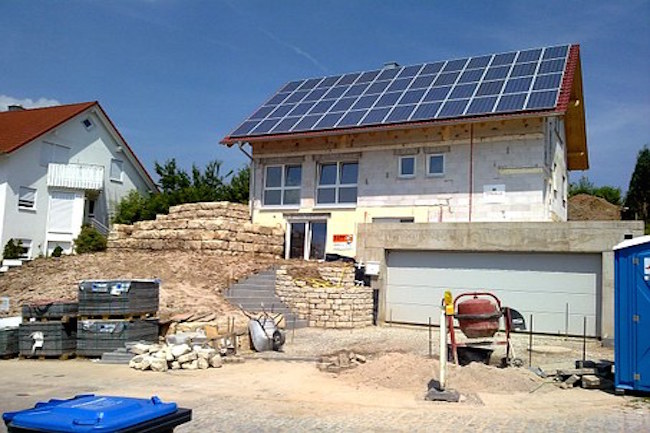The 4 Levels of Disasters (And How to Prepare for Each One) by Daisy Luther for The Organic Prepper
Disasters come in all shapes and sizes, and so do your preps. There are four different levels of disasters, from personal emergencies to a full-on SHTF end-of-the-world kind of thing. The good news is, no matter what your level of preparedness or your budget is like, there are things you can do to prep for each one.
Often we get new people on board in our group and they feel so overwhelmed because other folks are much further along in their preparedness efforts. You may be feeling like that yourself by reading this article and others like it. But don’t despair! Start out by prepping for Level 1 Personal Emergencies and Level 2 Short-Term Situations and then work your way through the other levels.
By dividing them up like this, it’s a whole lot less overwhelming and you will see ways that your Levels 1 and 2 preps can also help you through Levels 3 and 4 catastrophes.
Level 1: Personal Emergencies
This is often the thing that brings people into the outer edges of the preparedness world. I know it was for me. When my first daughter was born, my husband lost his job when she was just a few weeks old. We barely had any food in the house. There were no extra supplies like toilet paper or shampoo. Being penniless with an infant was terrifying.
After things got better, I immediately began stockpiling food and home supplies that were on sale. I never wanted to be in that situation again. Years later, as a single mom, when I lost my job, my stash of supplies was what helped us to weather that personal economic crisis.
These are often money-related.
Personal emergencies can occur in many different ways, but it’s quite often about money or the lack thereof. This can occur for all different reasons. Some examples are job loss, a costly medical expense, or a car repair bill.
The best way to prepare for personal emergencies is to begin building a stockpile by purchasing a little bit extra each time you go to the store. Getting toilet paper? Get 2 packages and put one back. Are canned goods on sale? Buy as much as you can afford of the things your family will eat. Just putting back a little bit extra every week will see you through a personal financial catastrophe. Here’s an article about building a pantry and an article about eating from your pantry when you have no money for groceries.
Secondly, begin building an emergency fund. Having a little bit of money set aside for these rainy days will help it be less disastrous. Here’s some information on building an emergency fund.
Level 2: Short-Term Situations
The next level is those small emergencies that cause some inconvenience but should be no big deal if you’re prepared. It might be a day or two without power, a leak in the water main that causes you to be without running water, or a snowstorm that keeps you stranded at home for a few days.
Level 2 situations are usually not life-threatening but they are a great way to check your preps. Do you have what you need to deal with that 2-day to 2-week power outage? Do you have food that you are able to prepare without power (or food that needs no preparation)? Do you have the stuff to keep the kids from driving you insane because they don’t have their devices? Are you prepared for a water emergency?
These situations are highly unlikely to kill you – they just might make life uncomfortable for a few days. Generally, they are inconveniences as opposed to actual disasters. They’re a great way to practice your preps and see if you have any holes that you should fill before an actual disaster.




